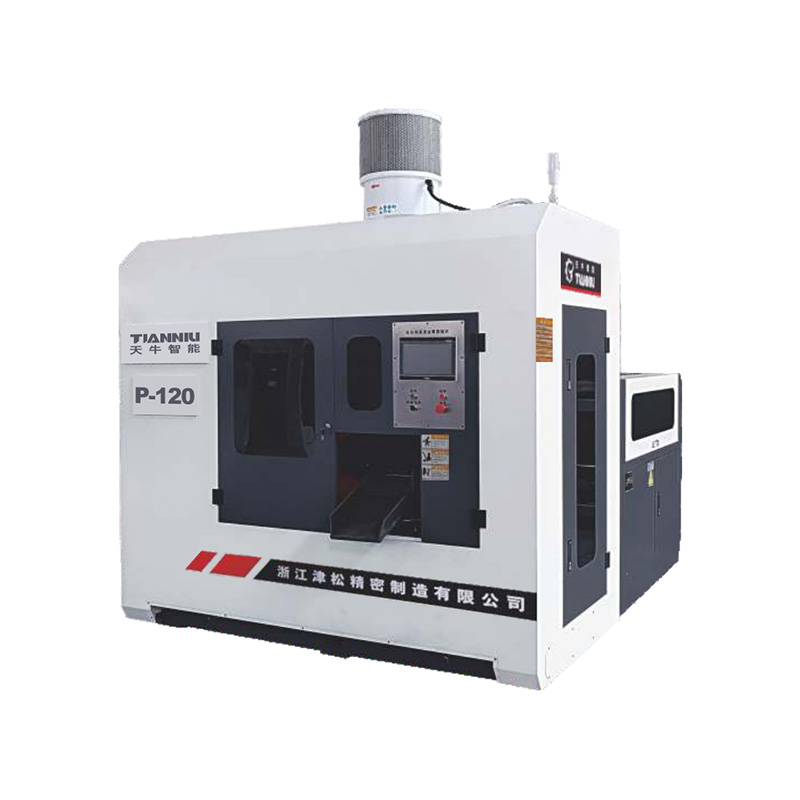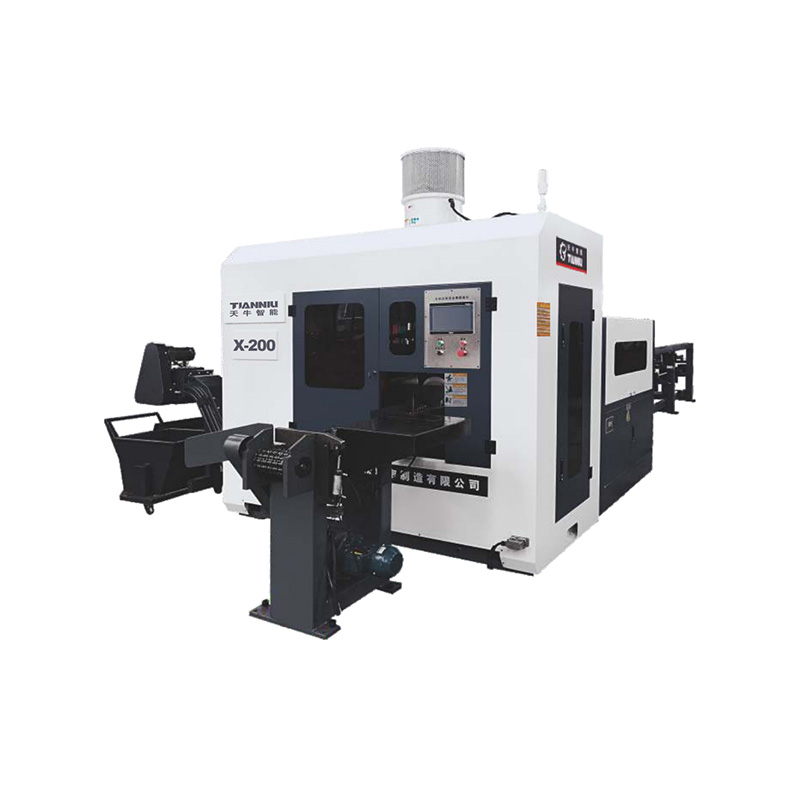Email: hujin@chinahujin.cn
Precision Tension Management for Reliable Double Column Sawing
Introduction: Importance of Correct Tension Control
In industrial metal processing, proper blade tension is a fundamental factor that determines cutting precision, blade longevity, and operational efficiency. When evaluating equipment from a Double Column Band Saw Factory, one of the essential questions users often raise is how blade tension is managed during the cutting process. Incorrect tension can cause several problems, such as blade drift, premature fatigue, overheating, inaccurate cuts, and even catastrophic failure. Therefore, understanding how tension control works and how it is maintained throughout extended operation is critical. This article explores the engineering principles, tensioning mechanisms, monitoring strategies, and operator management techniques that ensure the saw blade remains at suitable tension under high load conditions.

Mechanical and Hydraulic Tensioning Systems
Modern dual-column band saws typically use mechanical, hydraulic, or a hybrid tensioning system to regulate blade tension. Mechanical tension devices rely on manual adjustment through screws or levers, providing a reliable and simple means of tensioning. Hydraulic systems, however, offer more precise and consistent control. A hydraulic cylinder applies force to maintain constant tension, compensating automatically for blade elongation that occurs due to temperature rise during continuous cutting. With built-in pressure gauges, operators can visually confirm tension levels and adjust them as necessary. This automated pressure balancing ensures that even under heavy-duty cutting loads, the blade remains stable and does not fluctuate in tension, which directly enhances cutting accuracy and safety.
Blade Material and Blade Size Considerations
Blade tension is not a universal constant; it varies depending on blade material, width, and thickness. High-alloy blades or bimetal blades typically require greater tension than carbon steel blades due to their structural strength and resilience. Wider blades also demand higher tension to resist bending forces during aggressive cuts in solid bars or thick metal plates. Operators must refer to manufacturer specifications to match blade type with the correct tension levels. Ensuring that the correct blade type is selected and properly tensioned allows the machine to harness the performance potential of its cutting system, while reducing the risk of blade stretch and tooth damage.
Monitoring and Adjustment During Cutting
Maintaining consistent blade tension is not only about initial setup; it also involves continuous monitoring over time. During long-running cutting operations, the blade naturally expands due to heat generation. To counter this, advanced hydraulic tensioning systems automatically adjust to maintain a suitable force level. Machines may incorporate electronic sensors that monitor changes in blade load and tension, alerting the operator when tension deviates from acceptable ranges. If a manual system is used, operators periodically pause cutting to re-check tension, preventing tension drop that could introduce vibration or reduce cutting straightness. Combined with a stable double-column frame, consistent tension ensures clean, controlled blade travel throughout the cut.
Lubrication, Cooling, and Thermal Control
Temperature plays a direct role in blade tension. As the blade heats up, it expands, reducing tension. Therefore, cooling systems and proper lubrication are vital. Coolant delivery to the cutting zone reduces friction, dissipates heat, and decreases thermal expansion. Lubrication also ensures smoother blade movement and reduces wear on blade guides, allowing the tensioning system to operate more efficiently. Well-maintained coolant flow, correct coolant concentration, and properly positioned nozzles contribute significantly to keeping blade tension within safe and effective parameters throughout extended cutting cycles.
Synergy Between Design and Skilled Operation
Controlling saw blade tension in a double-column band saw environment is a collaborative process between machine engineering and informed operator practice. With precise hydraulic or mechanical tensioning systems, effective cooling, proper blade selection, and disciplined maintenance routines, equipment from a Double Column Band Saw Factory can deliver stable cutting performance and prolonged blade life. When tension control is executed correctly, users benefit from consistent accuracy, reduced downtime, and safe, efficient cutting operations across a wide range of industrial materials.
 English
English русский
русский عربى
عربى






